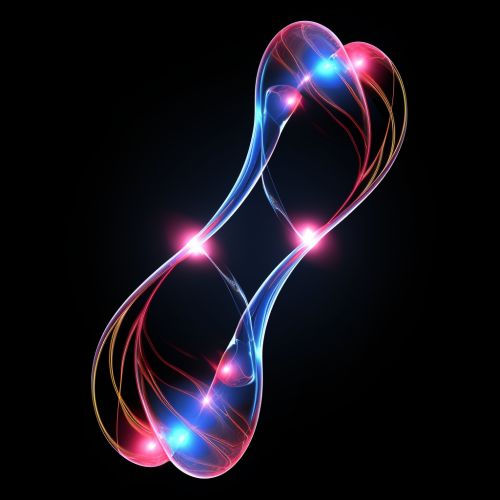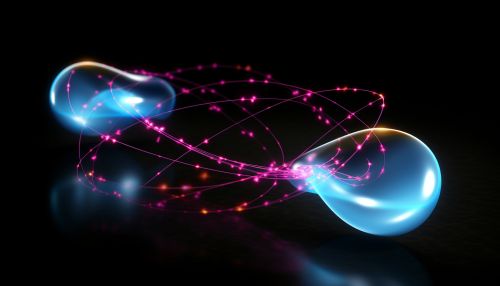Radical Pair Mechanism
Introduction
The Radical Pair Mechanism is a key concept in the field of Chemical Kinetics, particularly in the study of Photochemistry. It is a process that involves the simultaneous formation of two radical species, which are atoms, molecules, or ions that have unpaired valence electrons. This mechanism is significant in various scientific disciplines, including Chemistry, Biology, and Physics, due to its role in numerous chemical reactions and biological processes.
Origin and Development
The concept of the Radical Pair Mechanism was first proposed in the mid-20th century by scientists studying the intricacies of chemical reactions. The mechanism was initially observed in photochemical reactions, where light is used to initiate chemical reactions. Over the years, the understanding of this mechanism has evolved, and it is now recognized as a fundamental process in various fields of science.
Mechanism
The Radical Pair Mechanism begins with the absorption of a photon by a molecule, which leads to the formation of an excited state. This excited state can then undergo a process known as spin-allowed intersystem crossing, resulting in the formation of a pair of radicals. These radicals are in a singlet state, meaning they have opposite spins.
The radical pair can then undergo one of two processes: recombination or separation. In recombination, the two radicals recombine to form the original molecule, often releasing energy in the process. In separation, the radicals move apart and react with other molecules in the system.
The fate of the radical pair is influenced by several factors, including the nature of the radicals, the environment, and the presence of magnetic fields. The interplay of these factors can lead to a variety of outcomes, making the Radical Pair Mechanism a complex and fascinating area of study.
Applications
The Radical Pair Mechanism has a wide range of applications in various fields of science. In chemistry, it is a key process in many photochemical reactions. In biology, it is thought to play a role in certain biological processes, such as the magnetoreception in birds. In physics, the mechanism is used to study spin dynamics and quantum coherence.
Future Directions
The study of the Radical Pair Mechanism continues to be a vibrant area of research. Future directions include the development of more accurate models to predict the behavior of radical pairs, the exploration of new applications, and the investigation of the role of the mechanism in biological systems.
See Also


